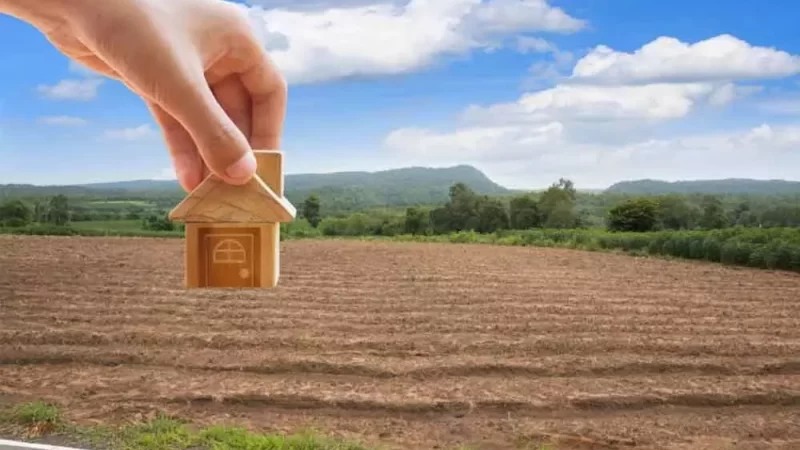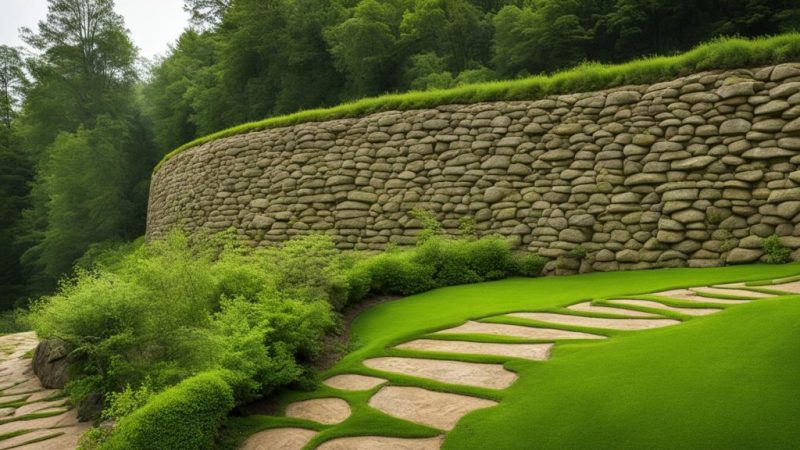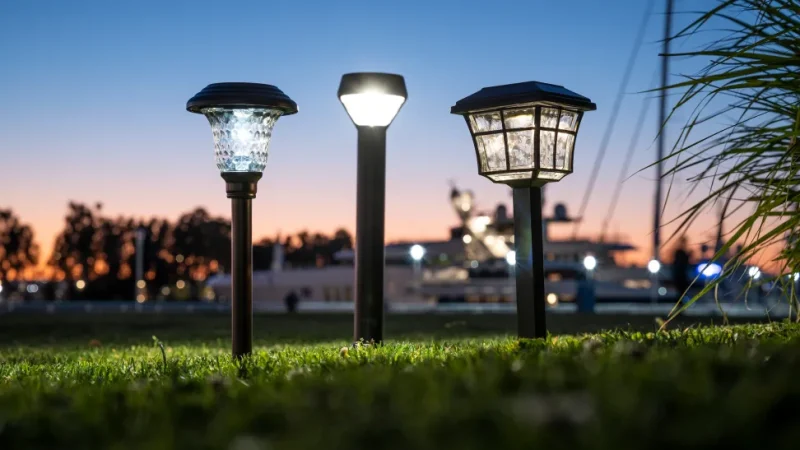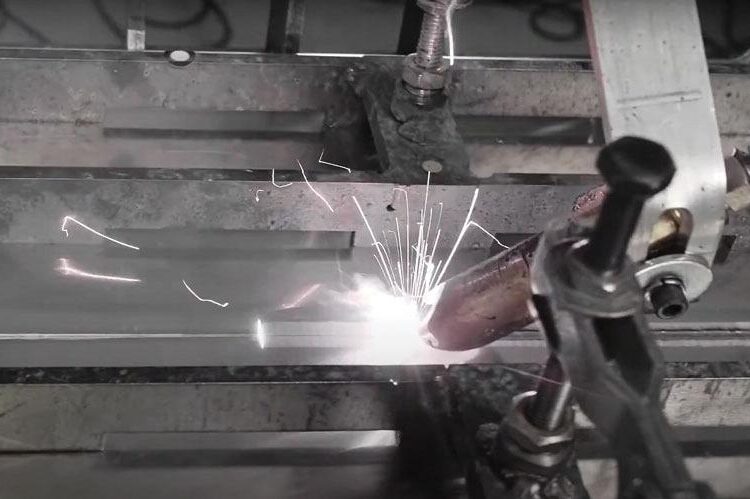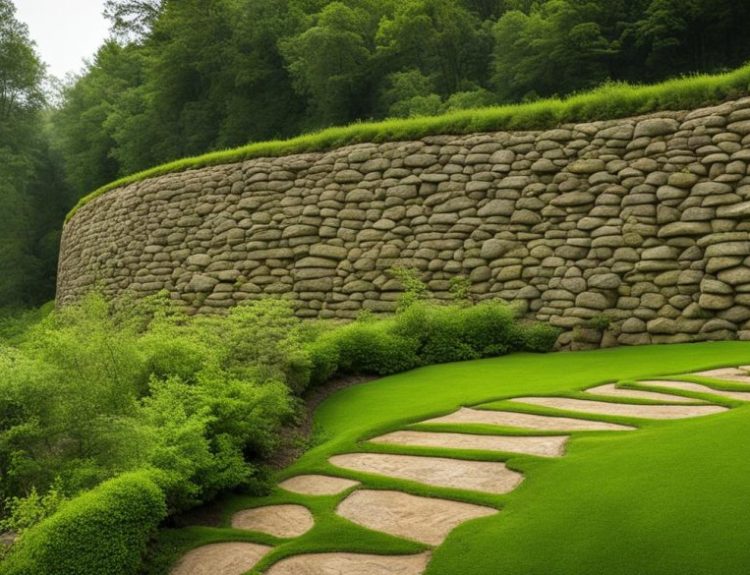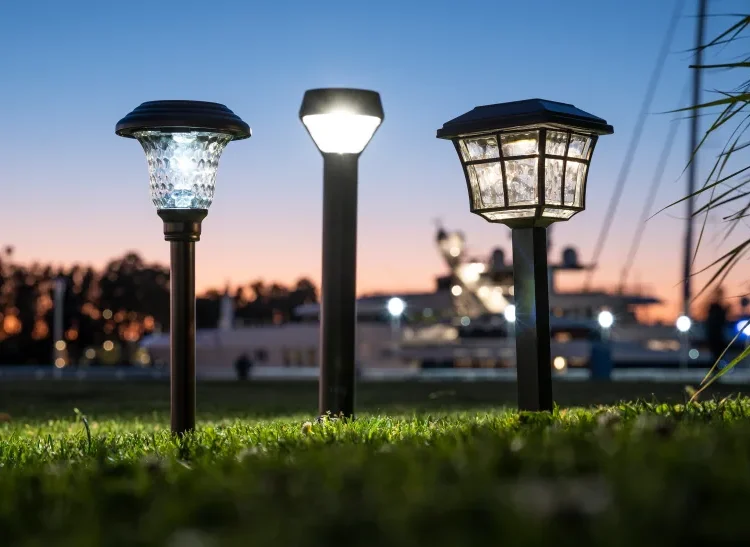Spring is just around the corner, and very soon a new planting season will begin – sowing seedlings, picking, gardening, planting, arranging beds and placing various vegetables and flowers on them. In the meantime, we are making plans for a new garden, we can take into account small “tricks” in order to properly organise future plantings and get a rich harvest.
- Take care of the soil
Soil condition is a determining factor in increasing harvest. The thicker, the softer and loose layers of the soil, saturated with organic compounds useful for plants, the more potatoes, carrots and other crops you can harvest in the fall. You can improve the condition of the soil in the following ways:
high-quality loosening carried out manually or with the help of a cultivator;
top dressing (straw, composts, peat, hummus, etc.).
If the soil in your area is excessively clay or sandy, it needs to be enriched with specific additives.
- Increase the height of the beds
Increasing the height of the beds is a great way to save the area for cultivation, as well as make it easier to maintain the planting area as a whole. The easiest way to do this is to double the depth of the bed twice. After such digging, the height of the loose layer will increase, and subsequently, you will receive a crop in four times the volume compared to previous seasons.
By the way, by raising the height of the beds, you will artificially form the shading of the row spacing, since the plants will prevent the light from falling on the bare ground, which means that the weeds will have much fewer resources to clump among the noble crops.
- Make round beds
The shape of the cultivated bed can also affect the maturation of the crop. The rounding of the planting zones allows achieving rational use of the soil by increasing the cultivated area. Despite the fact that visually very little space will be added, in the fall you will understand that the difference in the amount of vegetables harvested is significant. Fast-growing crops such as lettuce, arugula, spinach, parsley and onions can be planted around the edges of these round beds.
- Combine compatible plants in the same garden
Combined planting of plants will help any gardener save space on the site, and at the same time achieve many other beneficial effects. For example, if you plant corn next to beans, then the tall stalks will support the growth of legume whiskers, and if you add pumpkin to this composition, the melon leaves will create a useful shade that will prevent weeds from growing, and will also retain moisture in the soil.
Another good combination is strawberries and onions. Onion feathers evaporate volatile substances that repel slugs and other pests from strawberry leaves, and its modest root system does not take nutrients from berry bushes. There are many such combinations.
- Water wisely

Watering is one of the most important things when it comes to harvest and gardening as a whole. Water your plantings early in the morning before any other gardening work. Watering early will reduce moisture loss through evaporation, so your plants will fully benefit from the water you give them. Watering in the morning will also give your plants plenty of time to dry out before the night falls. This will reduce the likelihood of damage to plants by slugs and fungal diseases. Also, try to water the plants at the root without wasting water on wetting the foliage.
Make sure that you have the right equipment for this. Good quality hose fittings and hose will make your gardening much easier.
- Alternate crops on the same bed during the season
Early ripening crops are removed from the garden by the middle of summer, which means that the vacated area can be given to another green “inhabitant”. If you give preference to early ripening varieties, then up to four harvests can be grown on one bed during the warm season.
Start your growth cycle with plants that can tolerate cold weather, such as salads. As soon as the heat hits, collect the last leaves and plant the early maturing corn. After collecting juicy cobs, re-plant green crops or, for example, winter garlic. The main thing is not to forget to feed the soil before planting the next plant species in turn.
Conclusion
Sooner or later, many gardeners are faced with the problem of reduced harvest at their garden. It seems that the crops are grown the same, and they are provided with proper, full-fledged care, and the harvest is less and less. Growing a big harvest in a small area is easy, the main thing is to set the right goal. Make sure you follow our advice and your garden will thank you.

